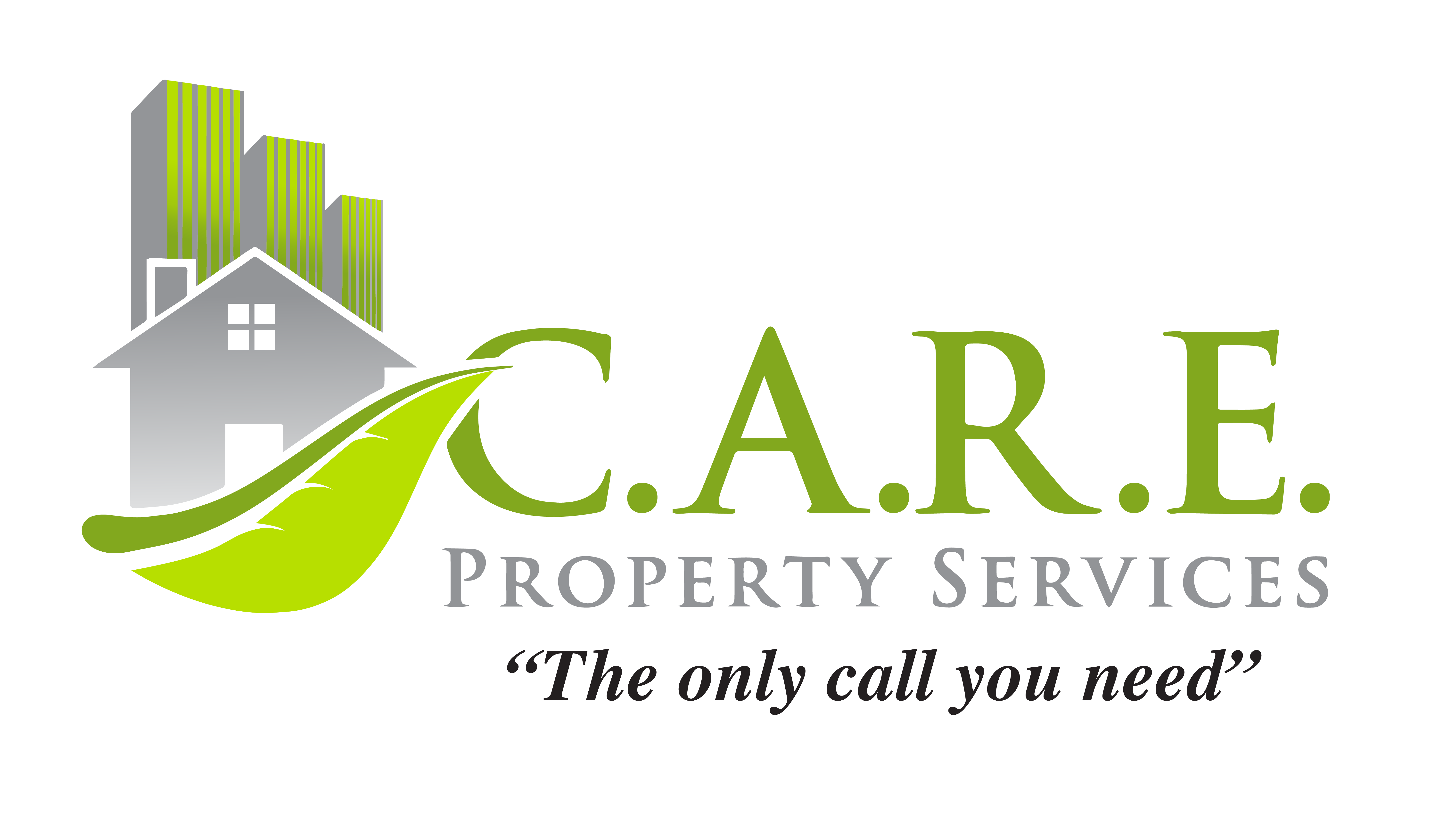Not only can mold negatively impact your health, but it can also cause structural damage to your home if not caught in time. Here are three easy ways to check for the signs of mold in your home:
1. Look For It
It may seem like a no-brainer, but the easiest way to find mold is to look for it purposefully. Set aside some time and search your home from basement to attic. What are you looking for, exactly? Start with looking for signs of water damage. Excess moisture is the main reason for mold growth.
In the basement, look up at finished ceilings or exposed floor joists. Look for any fuzzy growth or spots on the wood. Look for powdery spots or streaks on your basement block or concrete walls. If you have finished walls, look where the paneling or drywall meets the floor. If you have any signs of water damage, you may also have mold lurking behind the walls. If your home does not have a basement but has a crawlspace, look at the floors above the crawlspace for signs of warping.
In the upstairs level of your home, look for water damage stains on the ceiling. Check around the windows for spots of mold. If you can access your attic, check for any signs of daylight or water damage to the rafters from a leaky roof.
Routinely checking your home for mold will allow you to preserve your indoor air quality and prevent further mold growth.
2. Listen and Feel
Do you have a sump pump in your basement? Try to remember how long it has been since you heard it running. If it has been a while since you heard it running, check to ensure it is functioning properly.
If you have a crawlspace, walk on the floors above that area and see if they flex and bend when you walk on them. Have you heard critters in your attic or crawlspace? That may mean some areas need to be sealed up. Openings large enough for animals to enter can lead to moisture and mold damage, not to mention any damage the animal can cause.
If you have a basement, feel the concrete or block walls for moisture. Move any boxes you have sitting on the floor and look for soggy cardboard or signs of moisture on the boxes. Moisture problems in a basement can be a lot easier to address than mold problems.
3. Sniff Around
Once you have finished visually inspecting your home, you may not be out of the woods yet. That’s because mold can also develop in a lot of unseen areas. In these instances, you may smell a moldy or musty smell well before you see signs of damage. Although different mold species have varying smells, any unfamiliar and/or unpleasant odor should be investigated by a professional.
Mold can develop behind walls or even inside parts of your HVAC system. If your basement has a different smell than the other levels of your home, you may have a hidden mold issue. Likewise, if you get a musty smell when your air conditioning kicks on, you may have a problem.
All The Experts At C.a.r.e. Property Services
If you have done your investigation using these three simple ways to check for signs of mold, and you feel like you may have a mold or moisture issue, there is one way to find out. Our team of property experts can take samples from your home, conduct a mold test, and give you the results in days.
If we find visible signs of mold, we can skip the air test and give you a plan for mold remediation. Otherwise, if the air test returns positive for mold, we can credit the cost of the test toward the remediation of the problem. Contact C.A.R.E. Property Services today to schedule your appointment.
